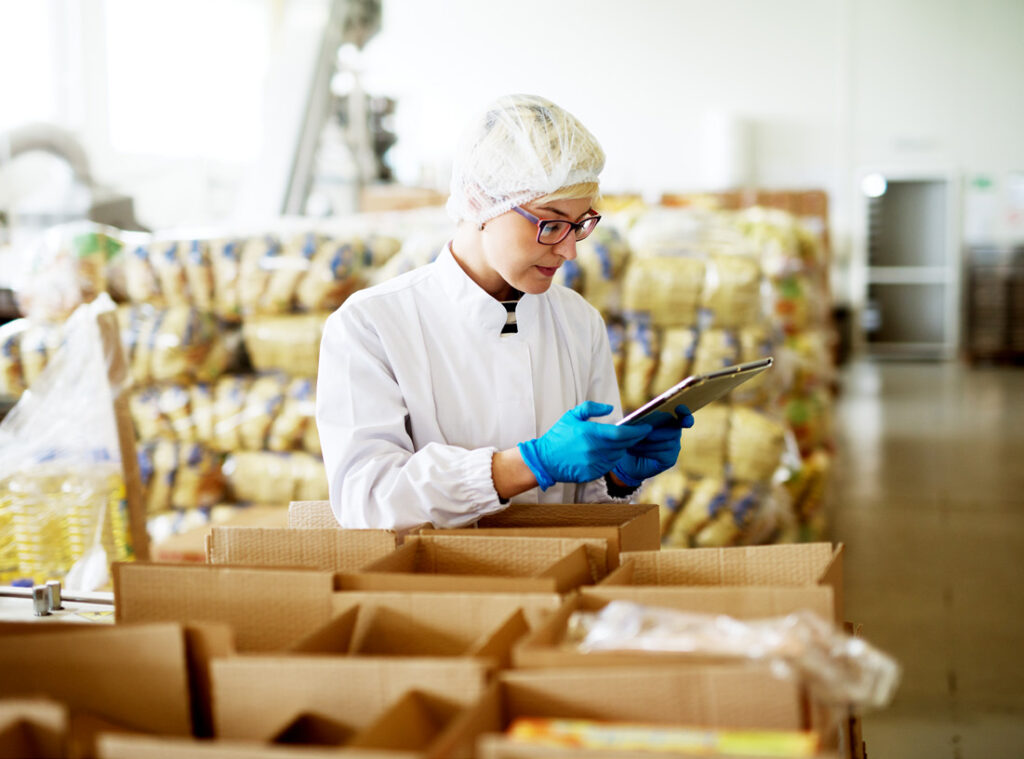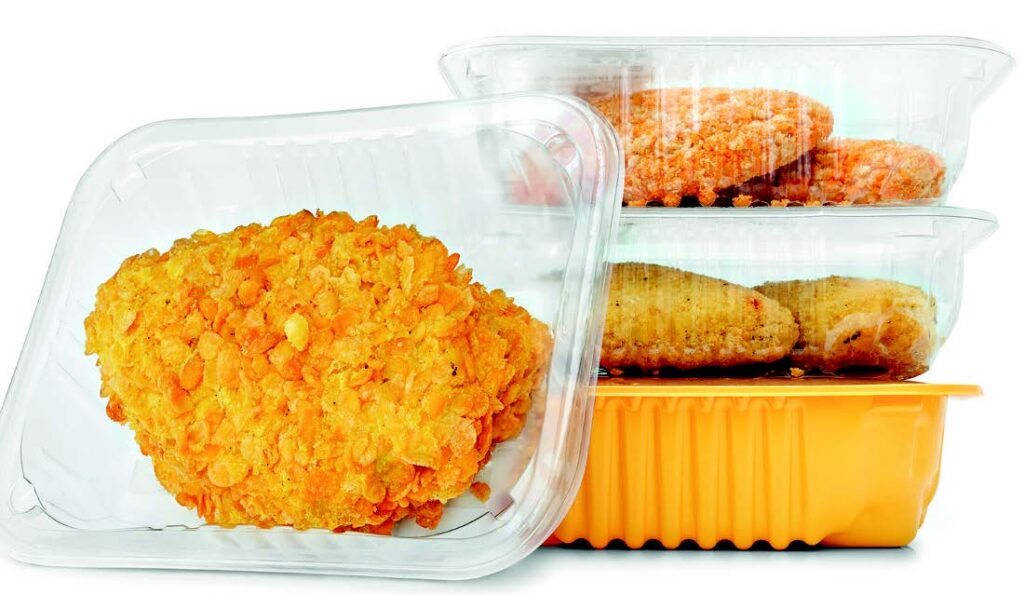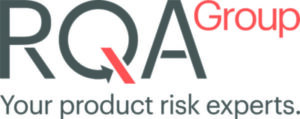Rules 1 and 2 of the Food Safety Modernization Act (FSMA)
There are seven Major Rules under the Food Safety Modernization Act (FSMA) which aim to drive the industry from a reactive to a more proactive approach to control food safety and human health. As we proceed through the Perigon / RQA factsheet series we will look at each of the Major Rules in greater detail. The first two rules are very similar in nature and are the Preventive Controls for Human Food and the Preventive Controls for Animal Food rules.
The Preventive Controls Rules – Animal and Human
- Preventive controls for human food – food facilities must implement a food safety plan that includes hazard analysis and implementation of risk-based preventive controls to minimize hazards.
- Preventive controls for animal food – food facilities must establish cGMP, hazard analysis, and implement risk-based preventive controls to minimize hazards.
Background and Basics
The Preventive Controls rules are simply designed with a clear objective – to ensure the safety of food. The rules apply to facilities that manufacture, process, pack, or hold human or animal food for consumption in the United States. It requires these facilities to implement a food safety plan that includes hazard analysis and risk-based preventive controls. The Preventive Controls for Human and Animal Food rules were published on September 17, 2015.
The plan must be adequate to ensure that preventive controls are consistently implemented and are effectively working.
Under these rules, if a hazard requiring a preventive control is identified during hazard analysis, the production facility must also establish and implement a recall plan. This plan must identify the steps that will be taken to remove the product from the market and notify all affected parties. For example, a food production facility must be able to effectively recall unsafe meals from the supply chain, or directly from consumers should wrong packaging be used, as this could lead to serious safety issues especially if allergens are mislabelled.
It’s important to remember that the Preventive Controls for Human Food (PCHF) and the Preventive Controls for Animal Food (PCAF) are two separate rules under FSMA.
Considerations and Differences Between the Preventive Control Rules
The PCHF rule applies to facilities that manufacture, process, pack or hold human food, while the PCAF rule applies to facilities that manufacture, process, pack or hold animal food. The requirements of each rule are tailored to the specific needs of the respective industry, taking into account the unique risks and hazards associated with each type of food.
Typical hazards we see in human food would be control of allergenic material not labelled on the pack and any foreign body or extraneous material which may cause choking or injury hazards if consumed. For animal foods similar issues can arise as per human food. However, more typical hazards we have seen include incorrect fortification of vitamins and minerals, whereby levels can be toxic if dosed incorrectly. Another good example would be the accumulation of harmful mycotoxins which can occur over the storage life of some of these commodities if not handled and screened correctly at the point of production.
While there are some similarities between the two rules, such as the emphasis on preventive controls (PC) and the use of a hazard analysis and risk-based PC approach, there are also some key differences. Notably the PCAF rule does not include allergens as a hazard while PCHF rule does. Also of note, the PCHF rule does reference animal food safety in its provisions for product that may go to animals as bi-product(s).
It is important to note that the PCHF and PCAF rules are not interchangeable, and compliance with one rule does not automatically result in compliance with the other. Facilities that produce both human and animal food may need to comply with both rules, depending on the nature of their operations.


Associated Further FDA Guidance and Rules
Within these major rules, a number of other supporting rules give further structure and continue to evolve and update in line with relevant, science-based data. For example, the U.S. Department of Agriculture’s (USDA) Food Safety and Inspection Service (FSIS), in collaboration with the FDA & CDC, have proposed a new rule under consultation to further drive towards the reduction of risk of food borne illness in certain chicken products. As of April 25, 2023 they released a proposed determination to declare Salmonella an adulterant in breaded stuffed raw chicken products when they exceed a very low level of Salmonella contamination.
Additionally, the FDA has proposed new rules to enhance traceability in the supply chain for certain foods that are considered high-risk for foodborne illness outbreaks. You can read our summary on this proposed major rule here
These rules are currently in the different stages and have not all been finalized yet.
Summary
The Preventive Controls for Human Food Rule and the Preventive Controls for Animal Food Rule are two of the seven major rules under the Food Safety Modernization Act.
Both aim to improve the safety of the U.S. food supply ‘proactively’ by preventing contamination and reducing the risk of contamination with an aim to improve food safety and human health in general.
RQA can assist:
Training courses:
- Preventive Controls Qualified Individual (PCQI) for human food
- Preventive Controls Qualified Individual (PCQI) for animal food
Consultancy:
- Development and review of recall plans
- Food safety plans and related


